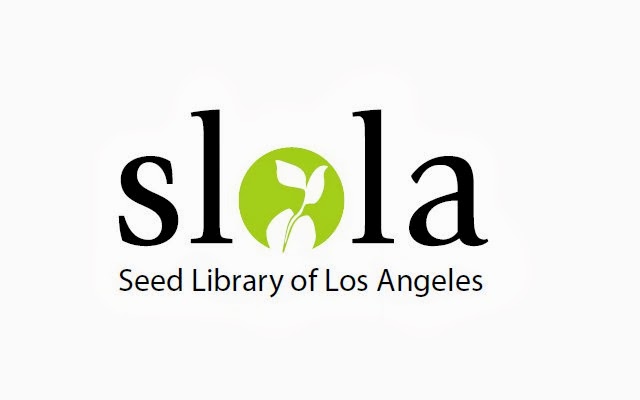(This is reprinted from The Nashua Telegraph, written by Maureen Gilmer. It is reprinted by permission. This brief, but very cogent, article presents the SLOLA side of things succinctly; a good read.)
Tomatoes that ripen all at once on a perfectly sized bush aid in mechanized harvesting, but that’s a short season for fresh picking.
Tomatoes that keep a long time in cold storage also please commercial farmers, but we all
know what those taste like.
If a variety produces an entire crop of fruit each pretty much the same size, they fit into packaging assembly lines but offer little diversity in the kitchen.
None of these benefits is of value to a backyard gardener, so why do we continue to grow the same modern hybrids?
Inside every modern variety are genes of earlier vegetables known as heirlooms, which were developed by farmers around the world to make plants better adapted to local conditions. Each year, growers selected the most vigorous, prolific and healthy individuals and gathered their seed to plant the next year’s crop. This process of selection dates to the dawn of agriculture.
The foundation of each heirloom variety is the culture that created it, the climate that shaped it and the culinary traditions from which it sprang.
Heirlooms are also problem solvers because we experience many of the same challenges as early farmers before the birth of agricultural chemicals.
For example, the short growing season in Russia made farmers want crops that matured in a few weeks. The fruit might ripen better when conditions are cooler than average, too. Knowing this tells a South Dakota gardener that this variety might work better in her climate than a modern one-size-fits-all tomato such as Celebrity.
The seed of that Russian tomato seed, like many other heirlooms, doesn’t live long in storage. If they stopped growing that variety altogether, the stored seed may last a few years and then it’s gone forever.
The only way to protect its unique genetic foundation is to grow plants every year and use those fresh seeds to grow it again the next year. This status of continual cultivation is vital to the Russian tomato and every other heirloom known today.
This is why there is so much interest in heirloom vegetables. Growing them is more than just cultivating a food crop, it’s a significant act that helps protect the genetic diversity of our food supply.
It was abundantly clear one year when I planted modern hybrids and a group of heirloom tomatoes. We had a cold spring. The modern hybrids languished, while the heirlooms took off despite the cool season.
This proved that the hybrids didn’t have the wide range of climatic tolerances as the heirlooms. If I hadn’t planted heirlooms, I wouldn’t have had a tomato harvest that year.
Such lessons teach us much about the value of older gene pools and why they’re so vital to our modern world.
There are a number of excellent heirloom-seed catalogs to choose from both online and in print. The Seed Savers Exchange (seedsavers.org), for example, grew out of a nonprofit that helped gardeners connect around the world and trade seed of their locally adapted heirlooms with others from similar climates halfway around the globe.
For the adventurous cook, the curious foodie and the armchair traveler, selecting heirlooms to grow is fascinating as you learn the varietal origins and characteristics.
But remember: This is far more than just shopping for plants. It’s an almost sacred act that can help save the world’s food supply one seed at a time.
Other heirloom-seed catalogs:
Baker Creek Heirloom Seeds: rareseeds.com.
Native Seed/Search: nativeseeds.org.
Seeds of Change: seedsofchange.com.
Victory Seeds: victoryseeds.com.
Maureen Gilmer is an author, horticulturist and landscape designer. Learn more at www.MoPlants.com. Contact her at mogilmer@yahoo.com or P.O. Box 891, Morongo Valley, CA 92256.
david

No comments:
Post a Comment